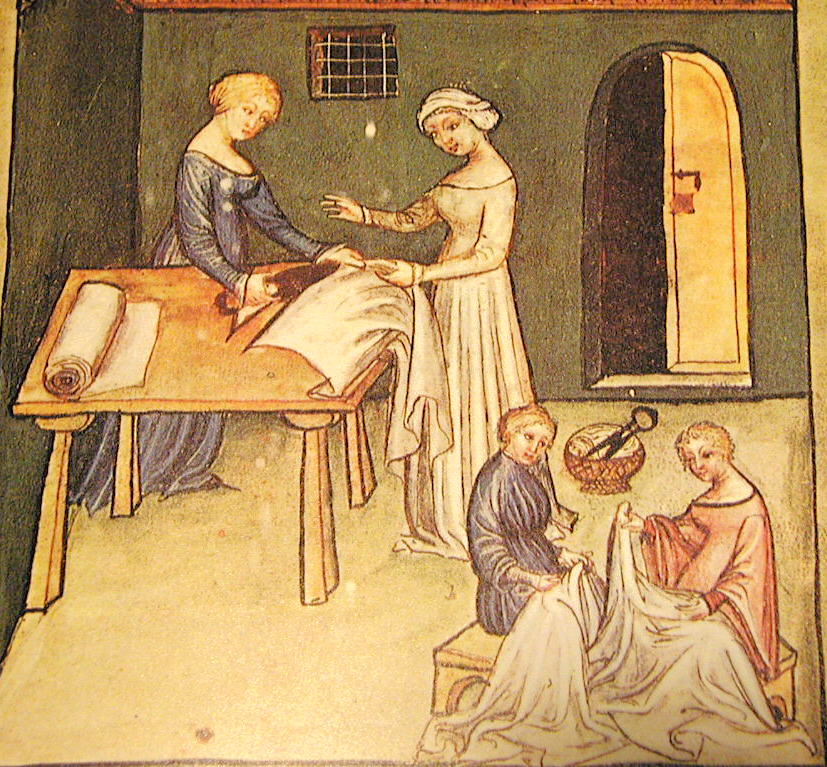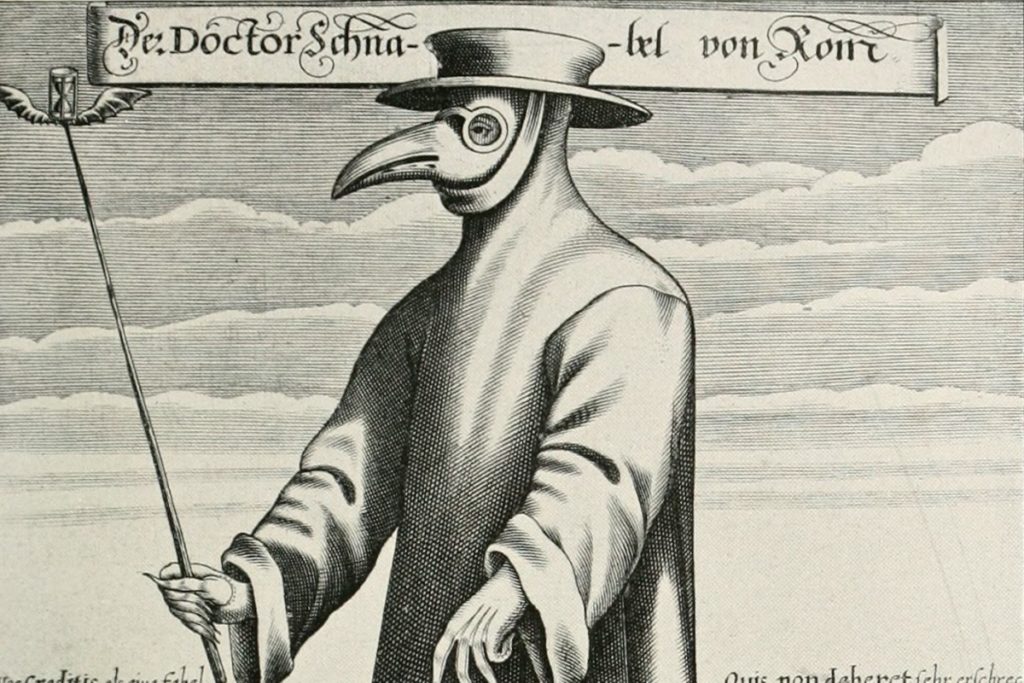Another creative, collaborative video project from our Dauntless Calontiri

Another creative, collaborative video project from our Dauntless Calontiri
Greetings from THFool Dagonell the Juggler, Society Deputy for Known World Symposium Advertisements!
THL Saito Takauji has begun a podcast for teaching RUSH classes online. The link is https://anchor.fm/scaunipod
The first class being offered is “Courtly Graces, SCA Ranks and Titles”
Uji says “If you want to post a class this way please email me at officeruji@gmail.com and I will help you get it set up!”
Atenvelt is hosting a Virtual Collegium on April 18.
It’s open to members of all kingdoms. More than 40 classes are offered.
See the class list at https://docs.google.com/spreadsheets/d/1o72rnk6YKpu5ECnwcdN0q0bH-whJDujuCz_E23ic6SM/edit?#gid=0

Four women sewing linen clothes. From The Tacuinum Sanitas of Vienna, Late 14th century. Public domain in the US
The classes I did via Facebook Live (Medieval Fabric Buttons and Waxed Linen) are now also available via YouTube.
Fabric Buttons – https://youtu.be/0IfHmyfb9bw
Waxed Linen – https://youtu.be/0UySD44X5_k
YIS,
Mistress Giraude Benet
 Greetings from Lord Dagonell Collingwood! I am the Known World Symposium Advertising Deputy under the Society Minister of Arts and Sciences, Seigneur Etienne Le Mons d’Anjou.
Greetings from Lord Dagonell Collingwood! I am the Known World Symposium Advertising Deputy under the Society Minister of Arts and Sciences, Seigneur Etienne Le Mons d’Anjou.
It is my sad duty to announce the following cancellations due to the COVID19 virus:
Known World Italian Salon & Symposium was to have taken place THIS weekend, March 19 – 22, 2020 at Gulf Wars in the Kingdom of Gleann Abhann. With the cancellation of the Gulf Wars itself, the symposium is cancelled as well.
Known World Academy of the Rapier & Costuming Symposium was scheduled for April 17 – 19, 2020 in the Kingdom of Avacal. It has also been cancelled.
If you have pre-registered for either of these events, please be patient while the event staffs deal with these overwhelming circumstances. Future symposiums have NOT been cancelled at this time.
Greetings from Lord Dagonell Collingwood! I am the Known World Symposium Advertising Deputy. The SCA has created the Facebook public group, “SCA Virtual Classroom and Artisan Display” (https://www.facebook.com/
The group contains among other things, links to other craft groups, online classes, handouts from IRL classes, journal articles, how to videos, subject bibliographies, and of course, endless discussions about historical arts.
In evening court:
Frithuswith Ui Cremthainn – AoA
John Bowyer – Leather Mallet
Asher de Lokwode – Leather Mallet
Arnþóra Rúnviðardóttir – AoA
Caitilín inghean Uí Lochlainn – Leather Mallet
Tyr Ironscales – Leather Mallet
Lawrence Withers – Leather Mallet
Furia Cincinnata – Golden Calon Swan
Margery of Penrith – Silver Hammer
Other court tidings:
Honorable Lady Melisent McAffee presented a new kneeling cushion.
Representatives of the Barony of Three Rivers informed the populace about the upcoming Chieftains Tournament.
5 newcomers received mugs.
His Majesty Lucian reminded the populace about the upcoming Gulf Wars.
Mistress Halimah bint ‘al Abbas ‘al Tanji introduced herself as one of the Kingdom Advocates.
Mistress Roselyn of Aberdeen and Lady Catin of Edington invited the populace to Spring RUSH in Calanais Nuadh.
Lord Finán mac Crimthainn received the Judges’ Choice prize.
Avalon of the Black Fleet received the Queen’s Prize, youth category.
FrøygæiRR Fasthaldi received the Queen’s Prize.

Heracles and Omphale, 45-79 AD
As technology marches on, many resources that were difficult — even impossible — to obtain, have been made available digitally for scholars to view and explore. Recently, Trinity College Dublin added The Book of Kells to their online digital collection.
The Book of Kells is an illustrated manuscript of the Four Gospels, in Latin. It was produced by Columban monasteries in either Ireland or Britain (or possibly with contributions from both) in approximately 800 AD. The manuscript has a fascinating history of survival over the centuries.
The Illustrations have had a major influence on the common perception of early Medieval, and especially insular Celtic, art since the first accurate reproductions were produced and published in the mid-19th century. The calligraphy has also come to represent Celtic lettering for many people. Elements and examples of both are often reproduced in SCA artwork.
The online collection is available at https://digitalcollections.tcd.ie/home/index.php?DRIS_ID=MS58_003v
A recent email from Academia.edu recommended the paper The Representation of Lordship and Land Tenure in Domesday Book by Stephen Baxter, faculty member in the Department of History at the University of Oxford. The paper is embedded below.
I encourage anyone interested in late Anglo-Saxon and early Conquest England to check out his papers at:
https://oxford.academia.edu/StephenBaxter
The basic membership at Academia.edu is free, and there are a wealth of papers and articles
You must be logged in to post a comment.